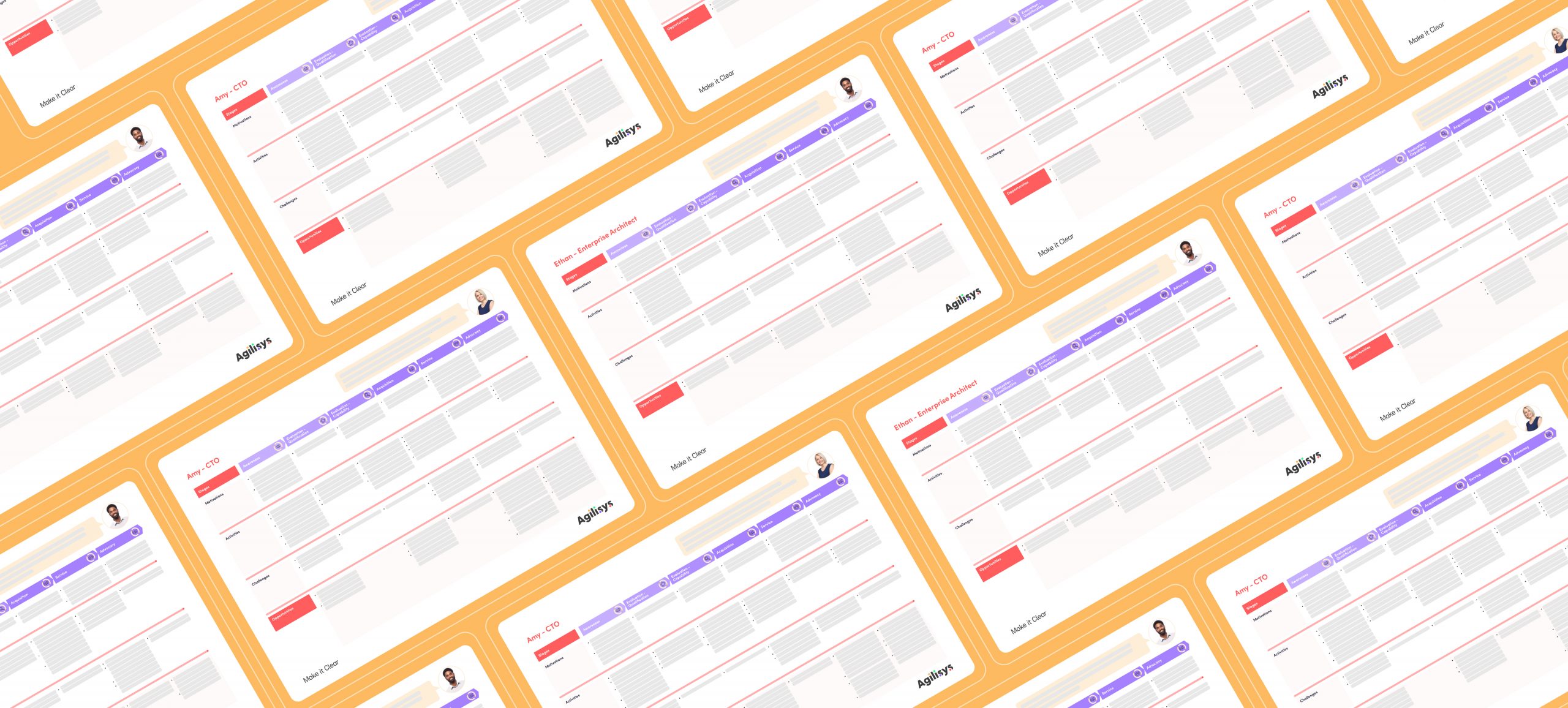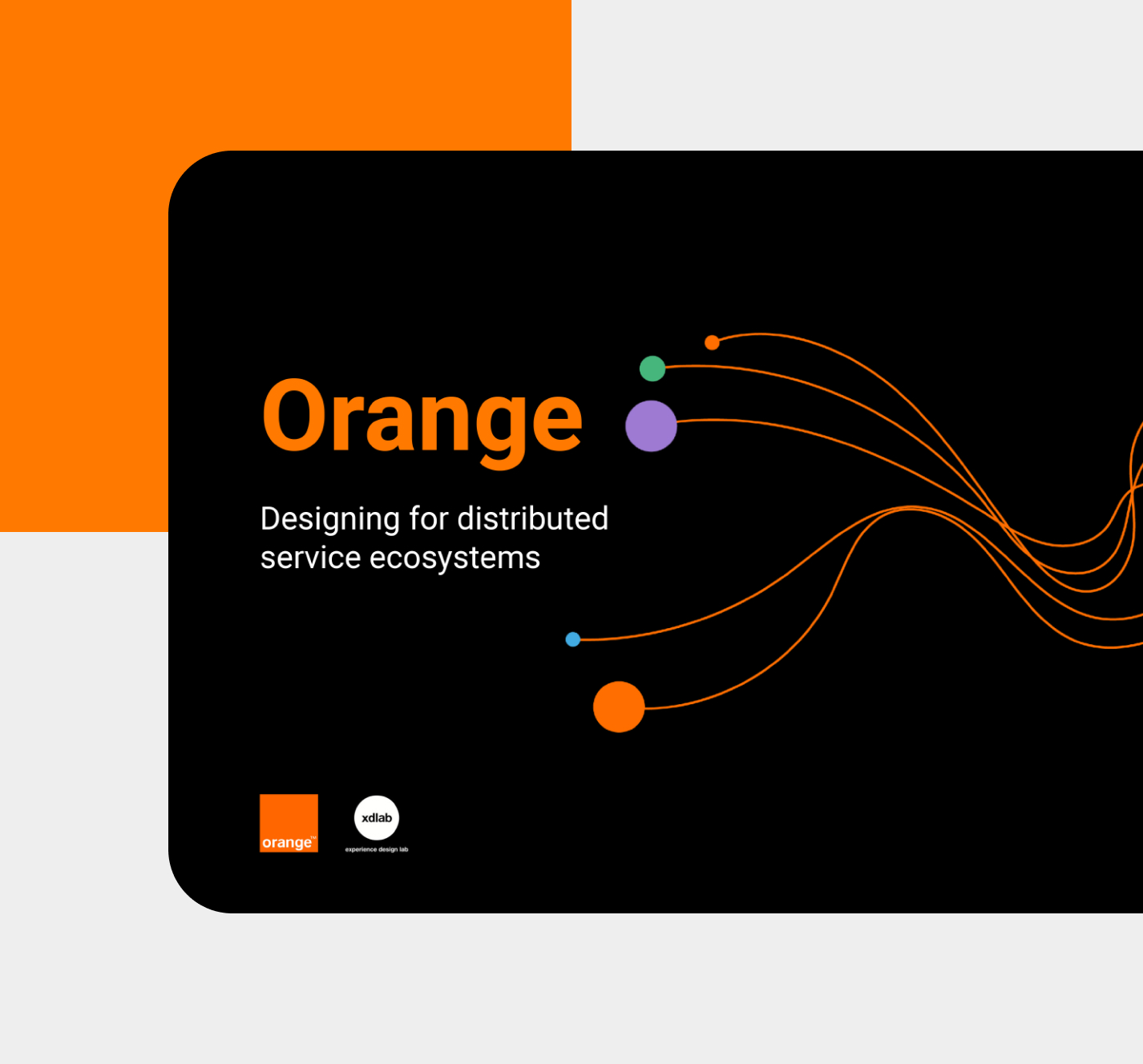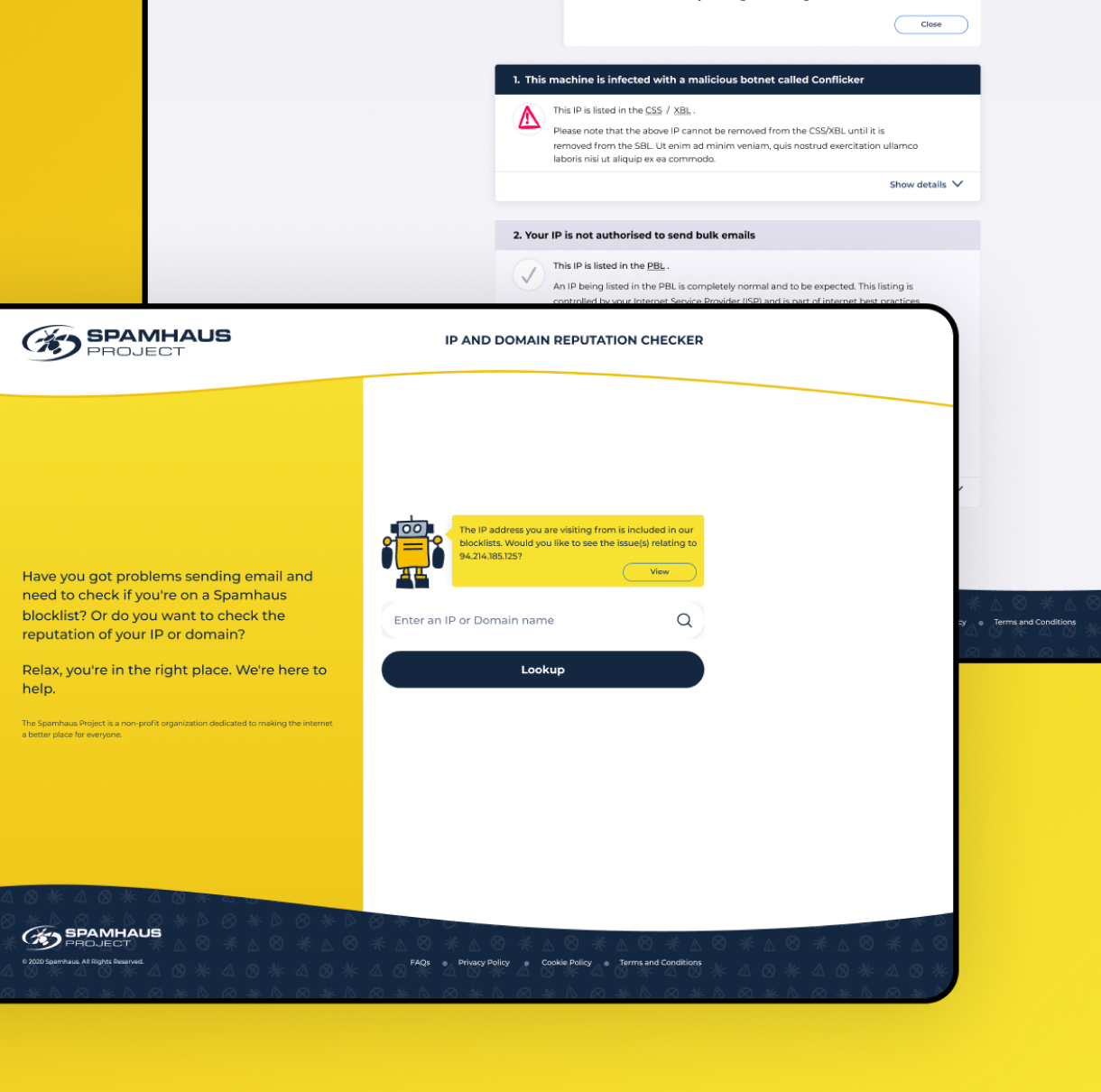Customer journey mapping
A customer journey map is a visualisation of the route users take as they engage with a company, product, service or brand.
Customer journey mapping benefits by providing a visual representation of the end-to-end customer experience, facilitating the identification of pain points, opportunities, and areas of improvement to enhance customer satisfaction and loyalty.
Introduction to customer journey mapping
Customer journey mapping is a visual and strategic tool that aids organisations in understanding the entire customer experience, from initial contact to the final interaction. They are a visualisation of the route users take as they engage with a company, product, service or brand. Journey maps identify the touch-points, channels, activities, emotions, and risks and opportunities along a time-based journey from the consumer and business perspective.
What is customer journey mapping and why is it important?
Customer journey mapping provides a comprehensive view of the entire customer experience, allowing organisations to gain a better understanding of their customers’ needs, motivations and pain points. Customer journey mapping is important as it helps the prioritisation of resources and investments in areas that have the most significant impact on customer satisfaction and business outcomes. It’s a visual tool that helps organisations gain a deeper understanding of their customers by seeing the journey through their eyes. With a clear view of the customer journey, businesses can optimise each touchpoint to enhance the overall customer experience. This could involve streamlining processes, improving communication, or providing additional support.
The role of customer journey maps
Customer journey maps play a role in guiding teams to create more personalised and targeted strategies or make design decisions that deliver positive and consistent experiences at each customer touchpoint. They help align business goals with customer needs. Ensuring that the company’s objectives are in harmony with providing a positive and seamless customer experience and connecting both the customer and the organisation.
Benefits of customer journey mapping
Customer journey mapping enables organisations to pinpoint areas where customer experiences may be inconsistent or suboptimal, providing opportunities to improve touchpoints. Customer journey mapping also promotes a user-centred perspective that infiltrates decision-making and ensures that strategy, product development and marketing are aligned with the needs of the customer.
- • In-depth customer insights: The nature of customer journey mapping and the areas included, create deep insights into customer behaviours, goals and preferences to guide strategic decision-making and play an important role in creating tailored best-in-class user experiences.
- Identification of friction points: Mapping the customer journey enables a clear view of the end-to-end process a customer goes through, meaning areas of friction can be identified and improvements put in place to enhance satisfaction and streamline experiences.
- Alignment across teams and empowered employees: Having a visualised journey map is also a useful tool to foster alignment amongst teams, enabling them to see the bigger picture that customers interact with and where they play a part. Engaging teams within the journey mapping process also enables them to ask questions and understand the process better. This ensures a unified approach to customer experience.
- Informed decision-making: Customer journey mapping can play a key role in guiding strategic decisions, and creating an impact on product development, marketing, and customer service based on customer experience insight.
Supporting your users' needs
Inspires alignment across your teams
Improves marketing and communication
Spots opportunities for innovation
Key Areas of Mapping the Customer Journey
There are key areas of customer journey maps that are essential to create a comprehensive understanding of the customer experience.
- Customer Goals and Objectives: Identifying and documenting customer goals at each stage of the journey is crucial for aligning products and services with customer expectations. Conducting research with customers such as interviews, surveys or observation sessions will enable you to gather real insight into customer goals.
- Touchpoints and Channels: It is important to map every touchpoint and channel your customer engages with throughout their journey. Once these are documented, you should take time to assess their effectiveness and consistency in delivering value, highlighting if other options may be better suited or improvements required.
- Emotional Journey: It can also be useful to map the emotional highs and lows customers experience throughout their journey, providing insights into areas that delight or frustrate them. This provides a helpful way to understand at a glance areas of joy or friction as users progress through their journey which may be impacting their experience.
- Pain Points and Barriers: It is critical to identify and address specific pain points and barriers that customers face, which can impede their progress and satisfaction. Having these mapped to the journey provides a useful tool for business and experience planning going forward. Once these areas have been identified, these should be the first focus for ideating opportunities for improvement.
- Opportunities for Enhancement: Finally, based on all of the information documented, take time to review evaluate and pinpoint opportunities for enhancing the customer experience, based on insights gathered from mapping the journey.

The stages of customer journey mapping
Stage 1: Define goals and audience
We work with you to define the goals of the exercise. For example, these could include better understanding of the customer, reducing churn or improving customer experience. We then select the audience for the exercise, ideally from a set of existing user personas.
Stage 2: Conduct research
Research techniques are defined by the project requirements. These activities can either be qualitative or quantitative, examples include:
– Focus groups
– Surveys
– Website data analysis
– Social listening data analysis
We report on this research, collecting findings into themes and recommendations that inform the next stages.
Stage 3: Map the journey stages and touchpoints
Here, we map the top-level interactions, behaviours and motivations to the different stages of the consumer journey. The traditional stages of the journey include awareness, consideration, purchase, retention and advocacy. This basic structure is then used to define the rest of the journey.
Stage 4: Visualise
At this final stage, more details are added to bring the journey to life. This typically includes goals, motivations, activities, concerns, pain points and opportunities. The journey map design will reflect the client’s brand.
How Make it Clear’s approach transforms the customer experience
We provide a visualisation of the customer journey, including goals, motivations, activities, concerns, pain points and opportunities which reflect your brand. At Make it Clear, we take an evidence-based approach to everything we do. Understanding your organisation, audiences, and the context in which they interact is paramount to how we work and deliver a best-in-class user experience.




